Northern Ontario- so unique from the rest of the province that it doesn’t even feel connected to their lower counterparts. Haunting lakes, dramatic cliffs and an untamed wilderness where tens upon tens of thousands of creatures great and small endure- they see us though we may not see them.
Such is the beauty of this place that one hundred years ago, Canada’s most revered and universally celebrated artists came together to capture the breathtaking vistas of the Algoma District. Eight years ago, outdoor adventurer couple and conservationists-Gary and Joanie McGuffin, and art historian-Michael Burtch, set out to retrace and map the Group of Seven’s paths across pristine lakes and the wild northern landscape –just for the love of it.
A tiny image of an oil painting rendered by J.E.H MacDonald, the size of a postage stamp and black and white, bore an important clue in its name- On Mongoose Lake. This thumbnail reference provided the trio with a starting point as they prepared to search for the Group’s precise painting sites in the Algoma District. There was little mention of Mongoose Lake other than it was written that the Group stayed in modest accommodation there. Knowing where the Group sheltered would make it much easier to retrace their path across systems of lakes and the rugged land.
There was also talk among the locals that A.Y. Jackson’s October Morning was inspired by the dramatic panoramas and rich colours surrounding the lake. MacDonald’s hint and the musings of the locals appealed to their adventurous spirits and so they struck a plan to find the very place that Jackson sat when he painted October Morning. That weekend of August 2010 the adventure couple and art historian discovered four original painting sites in the Algoma District. Since that trip into Algoma, these three modern day explorers have rediscovered over 450 original painting locations of the Group of Seven in Northern Ontario. Of that number, over 150 sites have been identified by the trio and photographed by Gary in the Algoma District alone -and so far.
A few years ago serendipity connected the president of White Pine Pictures- Peter Raymont, with the trio. It didn’t take much convincing for Raymont to fall in love with the modern day adventure story that juxtaposed the romance of the Group of Seven’s renegade approach to landscape painting. An idea for the documentary, Painted Land, was pitched and sold to TVO, a Northern Ontario Heritage Fund grant came through and the rest is history.
Directed by Phyllis Ellis -also a twice Gemini award recipient, producer and writer, Painted Land was filmed in the Algoma District over 3 separate shoots -21 days in total, between the fall of 2013 and spring/fall of 2014.
“We were visitors,” remarked Phyllis of the small group of Southerners that contributed to the cast and crew. “The bulk of the big effort came from Northern talent. I think that was really important. There were a lot of Northern crew people, a lot of Northern artists, a lot of Northern builders. There was a huge Northern contingent that contributed a great deal to this film.”
For cast and crew, the making of the documentary came with the unique challenge of having to bushwhack through dense forest, canoe –a first since summer camp for many, portage, hike and climb to the identified Group painting sites and all the while towing camera gear, generators and personal supplies –food, tents and various sundries.
“Some of the places had never been attended since the Group painted there. There weren’t trails to follow. We were all physically challenged at some point,” recalled Phyllis. “But there we were in 2015 with really expensive canoes, fancy paddles, hiking boots, rain gear and bug shit and we just had to imagine the guys [Group] in their woolen outfits and their sport coats negotiating that area.”
“These guys were renaissance men at that time,” commented Phyllis. “They were Mavericks, radicals. They overcame criticism and a lot of financial, spiritual and emotional adversity.”
Original Group members were F.H. Varley, A.Y. Jackson, Franklin Carmichael, Lawren Harris, J.E.H. MacDonald, Arthur Lismer and Frank H. (Franz) Johnston. LeMoine FitzGerald, Edwin Holgate and A.J. Casson came into the Group to round out the membership when original members moved in different directions.
Six members of the original Group painted war subjects during the First World War. A.Y. Jackson and F.H. Varley painted in Europe during WWI and Franz Johnston and Arthur Lismer painted on the home front. Lawren Harris enlisted in July 1916 and though he never went overseas he lost a brother in France. J.E.H MacDonald, who never received a war commission, struggled on 12 bucks per week as commercial contracts ebbed away and Franklin Carmichael, who was studying in Antwerp when war broke out, fled back to Canada.
The Group coalesced as a group in 1918 – two years before their first formal exhibit as the Group of Seven in 1920, when several members attended the Algoma District with a benefactor- Dr. James McCallum, as well as accompanying equally renowned landscape painter, Tom Thompson, before his untimely death, into Algonquin Park. When these men arrived in the Algoma District they weren’t only seeking landscapes to paint but also healing.
Regarding the Group’s formation Gary remarked, “It really attests to this landscape. If it hadn’t have been for Algoma there might not have been a Group of Seven.”
“These guys were young men,” remarked Phyllis of their arrival in Algoma. “We always think of the Group as shuffling across the McMichael Gallery in their slippers, already embalmed. At this time in their lives they we’re in their early to mid-thirties. They had been through the war and they had been best friends. They we’re just young men trying to make a difference in their own artistic lives. Some of their most iconic paintings came out of the time period that they were in Algoma.”
As a director, Phyllis was tasked with the difficult responsibility of sorting through a plethora of rich information that included the adventure experiences of the trio, archival information about the Group –their many letters penned in the heart of the Algoma district and sent home, press release, news clippings, endless books, and then to negotiate all of that with the overwhelming and breathtaking focal point of the documentary- the Northern landscape.
“There was so many voices. That was the biggest challenge,” shared Phyllis. “There were all the artist’s voices, and Joanie and Gary and Michael’s voices, and then the visual language of the film. The landscape became a character in the film. The landscape was speaking to us as well. And then there was the language of the paintings. They had a voice too.”
As Michael expressed with an unquenched joy in his voice, “This is one of the rare instances in the world where you can actually look at a painting that is one hundred years old and still see the landscape that was painted relatively unchanged. The Group went into the bush, they took their panels and paint and they sat there and had a spontaneous interaction with nature, with the landscape. They were there to paint the landscape. That’s one of the things that differentiates them from people who took a more formulaic approach to landscape. Their sense of place went really deeply into their beliefs.”
With great affection Michael credits, as many do, the Group’s period-rebellious handling of the canvass, use of expressive colours and bold strokes in their compositions of the true North, as nation defining.
“The Group of Seven, among other cultural expressions, provided that sense of Canadian identity and the Algoma District was so crucial in forming that national identity,” remarked Michael. “The first exhibition that the Group did as a group included not just the titles of paintings, but also labels with a few sentences or a paragraph about their paintings. They called those labels ‘algomaxims’. To me that’s one of the things that suggests that in their minds that what evolved in the Algoma District was so germane to their vision of Canadian nationalism.”
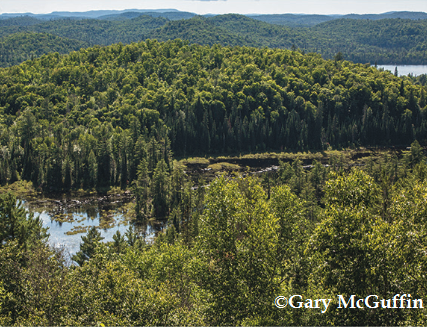 In their careers, so motivated by personal convictions, both Michael and the McGuffins are dedicated in their pursuits to inspire the region to appreciate the masterpieces created by the Group while in the Algoma District, and to rejoice in the land that, for the most part, remains pristine and unchanged today.
In their careers, so motivated by personal convictions, both Michael and the McGuffins are dedicated in their pursuits to inspire the region to appreciate the masterpieces created by the Group while in the Algoma District, and to rejoice in the land that, for the most part, remains pristine and unchanged today.
“I feel like what Michael, Gary and I have discovered here is a gold waiting to be mined.” The comment comes from Joanie. “It’s not just the Group of Seven, but also our cultural stories. That’s the gold that we want to mine. Not every community in Northern Ontario has a Group of Seven story but they have stories related to lighthouses, the logging industry, the Voyageur industry and heaven forbid-the amazing, rich cultural First Nations story that underpins thousands of years of living on this land.”
Painted Land is just that- a celebration of the Group’s artistry and our unique Algoma landscape. The documentary is an achingly gorgeous film complete with soaring music, personal narratives from the trio and the voices of the painters, preserved through their many writings.
However, for many Northerners that may view the film, there are a couple of elephants on the screen –the loss of access into remote Northern locations and the industrialization of the landscape.
The recent cessation of passenger rail service between Sault Ste. Marie and Wawa along the very rails that the Group travelled to reach the rugged North and indeed the point that the Group even financed boxcar accommodation along the Algoma Central Rail one hundred years ago, rubs a raw spot.
“The railway corridor provides links to amazing cultural, social, environmental and economic benefits to our nation. Our railway infrastructure and the story in Algoma is that gold,” sighed Joanie. “We’ve seen the great demise and the work that has gone on to try to engage people around this railway.”
It was in 2006 when the march of industrial wind turbines across the Algoma District began. Despite valiant efforts by concerned citizens to stop their progression there wasn’t enough time, money or ‘weight’ to thwart their establishment and destruction in the North. The Prince Township Wind Farm was completed with 126 wind turbines installed. The Goulais wind farm hosts 11 turbines and the Bow Lake project has just completed the installation of 36 turbines.
“I’ve been in many beautiful places in the world but you’d really have to try hard to find landscape more beautiful than what we experienced on this shoot. The idea that any of that is in jeopardy –well, it should be against the law,” remarked Phyllis. “We were at Montreal River and it’s so beautiful. That’s where Solemn Land was painted, and it’s really an extraordinary place, and there’s a whole bunch of wind turbines being put up there right now. Coming up we were in a helicopter and we were travelling over all of those turbines and they’re so gross. And when you drive along 17 and you turn onto open vistas to Lake Superior and see all those wind turbines- it’s simply grotesque.”
In addition to the blight created upon the land, ample research suggests that wind turbines are merely a ‘symbol’ of renewable energy, with the cost to produce energy far exceeding the benefit to the grid, the economy and the environment. There are twenty-one additional sites throughout Northern Ontario that have been targeted for wind projects by the Ministry of Natural Resources.
“The leadership of our community in Sault Ste. Marie doesn’t yet really value that we are at the bow tie of the largest and greatest freshwater resource on this planet and it has been challenging to get people to protect our heritage landscapes,” commented Joanie with a note of tired frustration in her voice. “I think the film is really going to help that. We’re connected to this amazing natural resource which has been described by the internationally renowned Group of Seven. The Group of Seven is a draw that could bring in low volume traffic and high yield travelers to the area who want a guided, immersive experience with the land. We’re not talking about an en mass tourism experience.”
In a report published by Ontario Cultural and Heritage Tourism it is stated that, “It has been proven globally that arts, culture and heritage are key ‘destination enhancers’ –i.e., they play a significant role in determining the overall desirability of a particular destination, whether or not these are cited specifically as reasons for travel.” The report Overview of Tourism Opportunities for Northern Ontario, identifies that “the outdoors is a salient if not core element in the lure of Northern Ontario for tourists.”
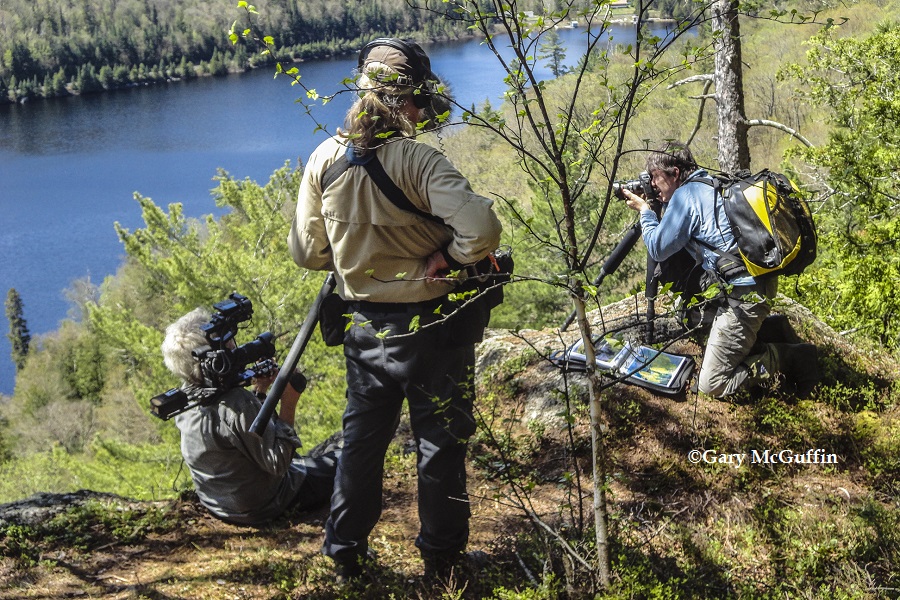
Videographer John Westheuser and Soundman Ao Loo shooting Gary McGuffin photographing the Algoma landscape. Gary had an unusual instinct, more at home in the bush, to recognize every fine feature upon the landscape. To Gary, each tree, every bend in the river and every dip in the horizon were unique and distinct onto nothing else.
“What’s really important about this film is that we’ve brought discussions about Algoma into the present at least, and hopefully into the future,” offered Michael.
An equally remarkable accompaniment to the Painted Land documentary is the McMichael Canadian Art Collection’s launch of the paintedland.ca website.
“I love that site. It’s a wonderful teaching tool,” enthused Michael.
“It shows the context of each individual painting in terms of its overall environment. It shows how just exacting the Group of Seven were in terms of representing landscape. So often I’ve heard ‘boy, they really exaggerated the colours’ -no they didn’t,” chuckled Michael. “What they saw and painted was exactly what they experienced. They were artists, they certainly did what all artists do- and that’s take liberties with the composition, but certainly using those comparisons as the website did you can observe two things. You can see how faithful they were to the landscape and you can also see how they artistically composed what they saw in the field.”
The very first discovery of one of the original painting sites in Algonquin Park continues to have a profound effect on Michael.
“It sent shivers down my spine and it still does today. It was a very emotional experience. I just wanted to quietly absorb that moment. This is the landscape that helped shape our national identity,” reflected Michael. “This has been a personal quest for me. I had known A.J. Casson previously to moving to Sault Ste. Marie and he had talked about being on the North shore. When I moved here the first thing I thought was ‘wow, I’m living in the backyard of the region made famous by the Group of Seven’.”
Of her time filming Painted Land Phyllis remarked, “I do say I have an affinity with the North now. I feel like I have a relationship now that I didn’t have before and I’m grateful for that.”
She paused a moment and then added, “Lawren Harris said ‘Canada believe in the artist’. The Group was not only fighting for artists, for painters but they were fighting for all of us. Do we value Canadian talent the way we really should – unless they go and make it somewhere internationally? Do we value our own creative life in a way we should? As a nation, probably not as much as they do in other countries. We laud and value the great masters in other countries but we minimize our own masters. And the Group of Seven were our first publicly acknowledged masters in the painting world. I think in showing these stunning works of art in the places that they were created on film will bring people back to a story they thought they already knew- but really didn’t.”
*****
Painted Land, In Search of the Group of Seven will be featured two nights, October 2-3 during Sault Ste. Marie’s Algoma Fall Festival.
Link to movie trailer: http://www.whitepinepictures.com/painted-land-in-search-of-the-group-of-seven/
More information on the film: http://www.whitepinepictures.com/painted-land-in-search-of-the-group-of-seven/

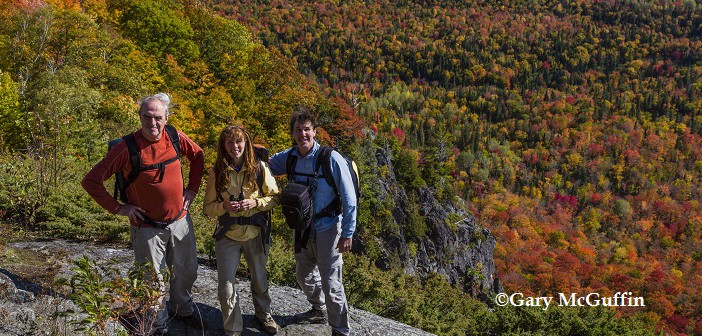

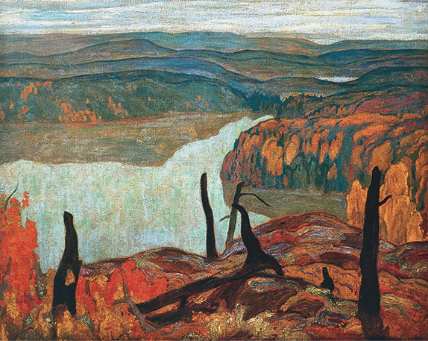
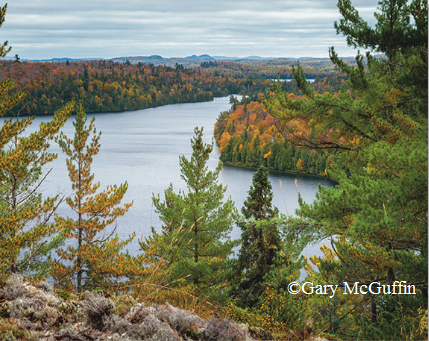


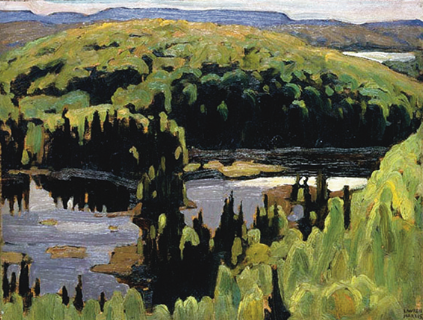

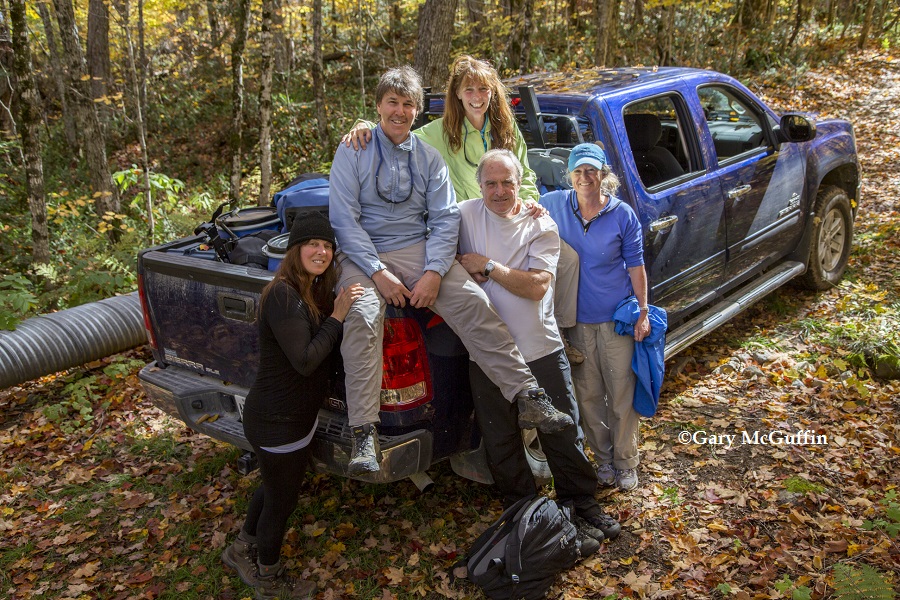
1 Comment
What was even more inconceivable than the vandalizing of our Group of Seven landscapes was the re-election of the corrupt Ontario Liberal government to a majority…and so they continue their greed energy desecration of our Natural and Cultural Heritage.